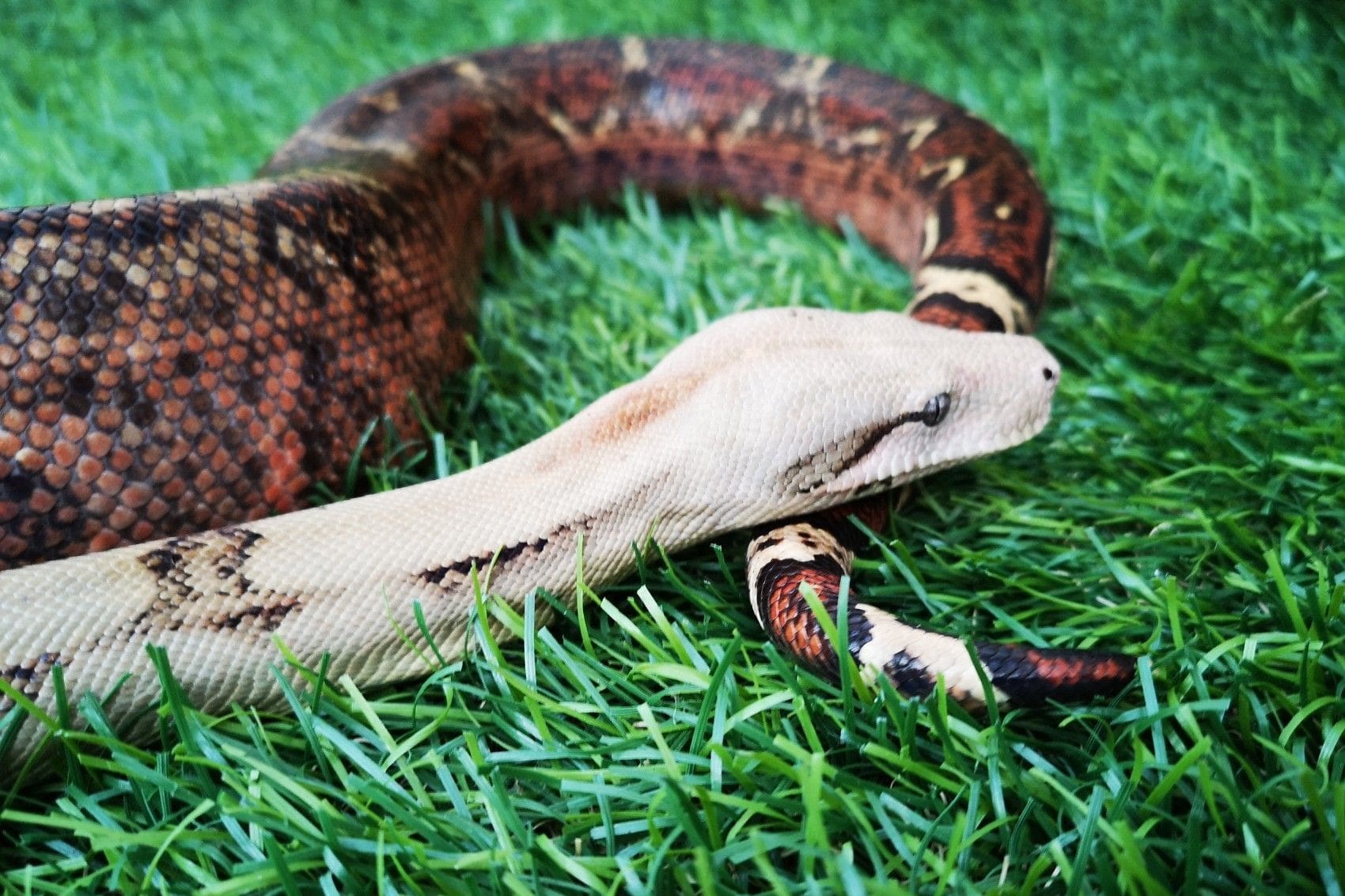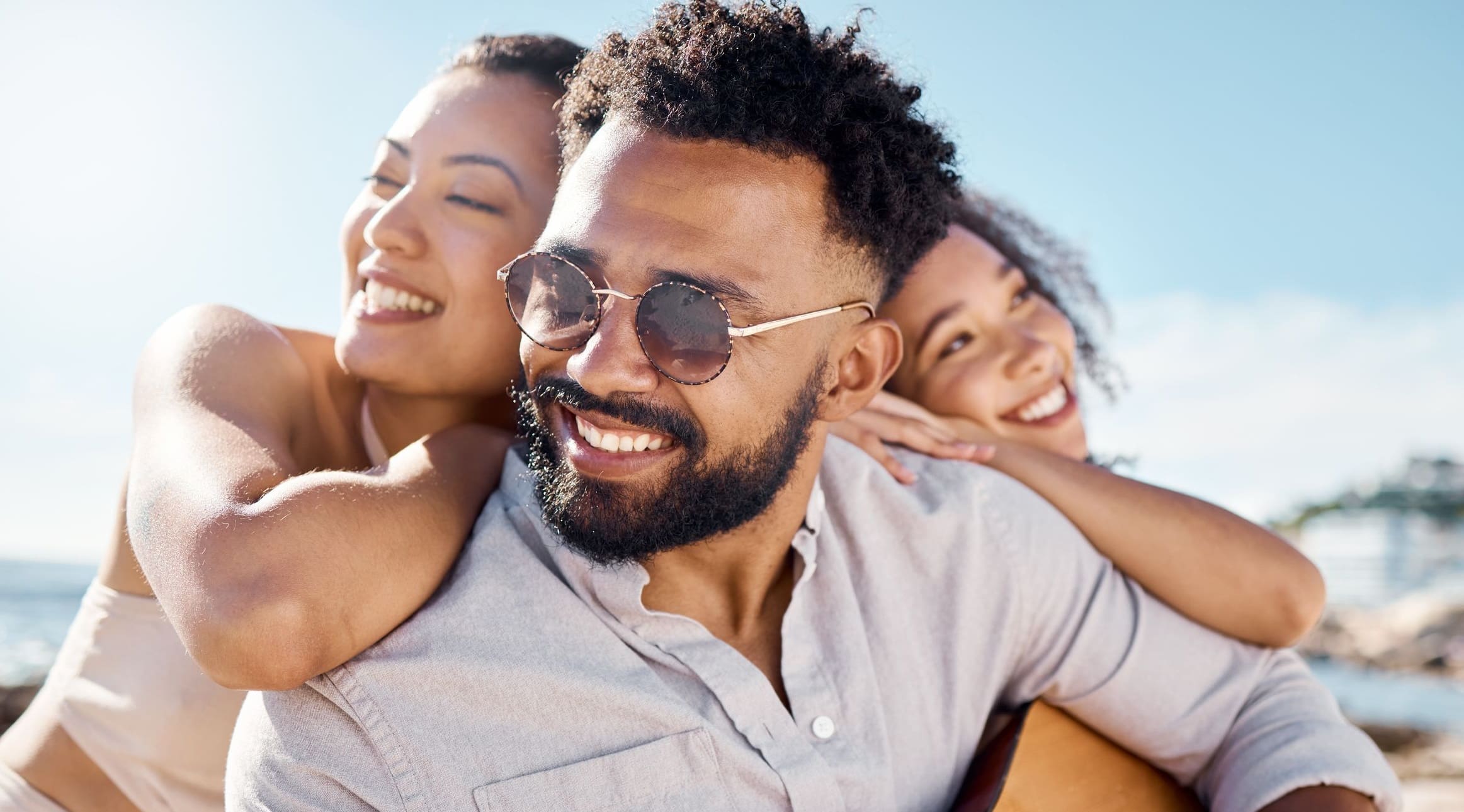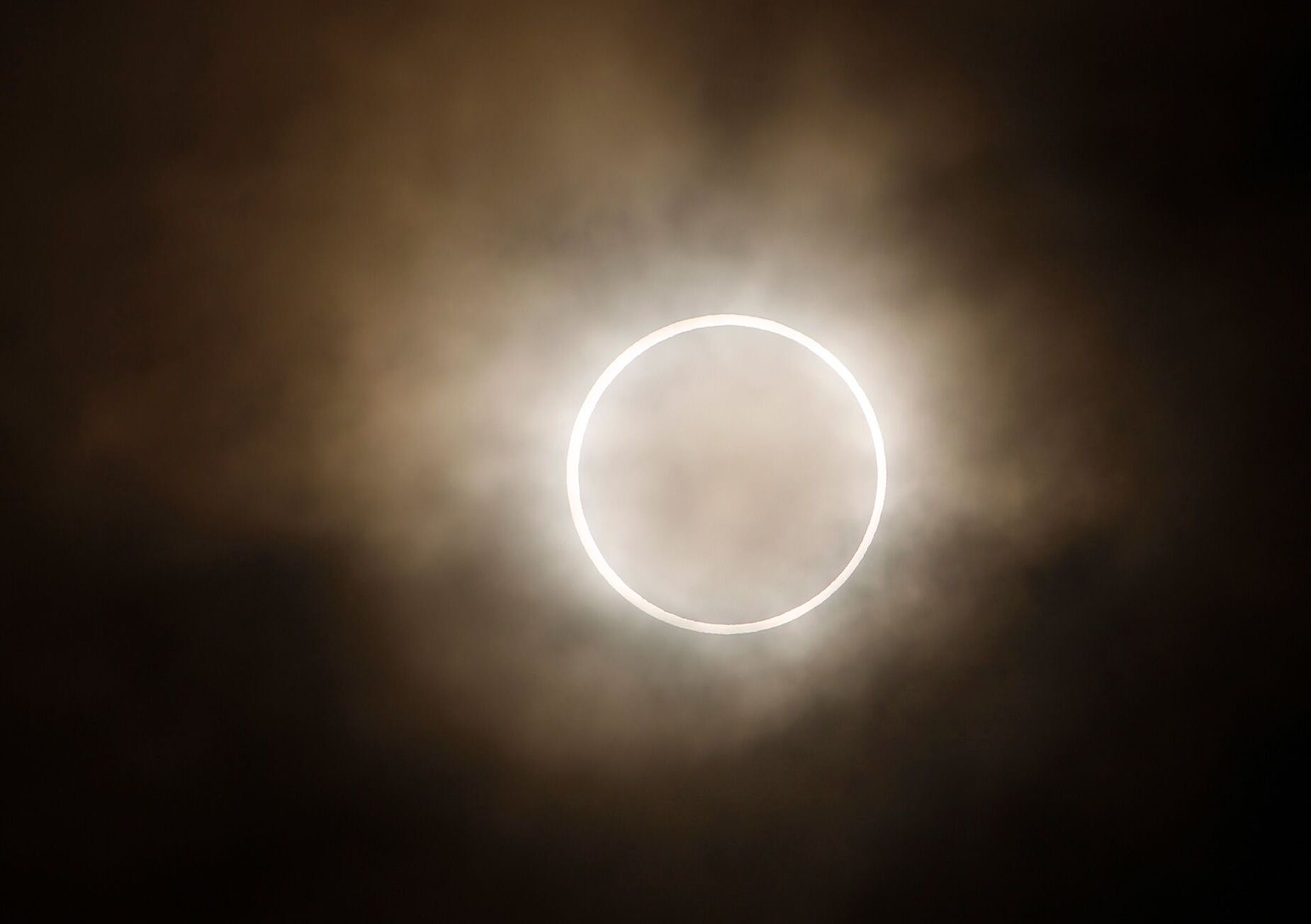
The Corn Island Boa, also known as the Nicaraguan Boa, is a fascinating species of snake that is native to the Corn Islands off the coast of Nicaragua. These boas are a popular choice among reptile enthusiasts due to their unique characteristics and captivating behaviors. In this article, we will explore eight fascinating facts about the Corn Island Boa, shedding light on its habitat, appearance, diet, reproduction, and more. From their vibrant colors and constricting abilities to their role in the ecosystem, these boas have much to offer in terms of intrigue and understanding. So, let’s dive into the world of the Corn Island Boa and uncover the captivating aspects of this remarkable reptile.
Key Takeaways:
- Corn Island Boas are small, colorful, and important for their ecosystem. They are skilled climbers, swimmers, and nocturnal hunters, making them fascinating creatures to learn about.
- The unique Corn Island Boa gives birth to live young and plays a crucial role in maintaining a balanced ecosystem. Their vibrant colors and ambush hunting style make them captivating to snake enthusiasts.
The Corn Island Boa is a unique species of snake native to the Corn Islands of Nicaragua.
The Corn Island Boa, also known as the Nicaraguan Boa or the Constrictor Mago, is a fascinating creature that has captured the attention of snake enthusiasts around the world. These boas are endemic to the Corn Islands, a pair of small Caribbean islands off the coast of Nicaragua.
Corn Island Boas are known for their vibrant colors and striking patterns.
One of the most remarkable features of the Corn Island Boa is its stunning appearance. These boas exhibit a diverse range of colors and patterns, including shades of orange, red, brown, and black. This unique coloration helps them blend seamlessly into their natural environment.
They are relatively small in size compared to other boa species.
While boas are generally known for their large size, the Corn Island Boa is an exception. These boas are relatively small, with adults typically reaching lengths between 4 to 5 feet. Their smaller size makes them more manageable for snake enthusiasts who prefer to keep them as pets.
Corn Island Boas are excellent climbers and swimmers.
Despite their small size, Corn Island Boas are highly skilled climbers and swimmers. They are adept at navigating through tree canopies and can often be found basking in the branches. Additionally, these boas are known to swim effortlessly through the waters surrounding the Corn Islands.
These boas are primarily nocturnal.
The Corn Island Boa is predominantly a nocturnal species, meaning they are most active during the night. This behavior allows them to avoid the scorching heat of the day and increases their chances of successfully hunting for prey in the darkness.
Corn Island Boas are ambush predators.
Like many other boas, the Corn Island Boa is an ambush predator. They patiently wait for their prey to come within striking distance before attacking. Their powerful bodies and strong jaws allow them to constrict their prey, typically small mammals, birds, and reptiles, until they are immobile.
They are ovoviviparous, meaning they give birth to live young.
Unlike egg-laying species, the Corn Island Boa gives birth to live young. The pregnant females carry their developing offspring internally until they are fully formed, and then give birth to a litter of baby boas. This reproductive strategy increases the chances of survival for the offspring.
Corn Island Boas play an important role in maintaining the ecosystem.
As with any species, Corn Island Boas have a vital role in their respective ecosystems. They help control the population of small rodents, birds, and reptiles, thus maintaining a balanced and healthy environment. Their presence is crucial for the overall well-being of the Corn Islands’ delicate ecosystem.
These 8 fascinating facts about Corn Island Boas showcase the unique characteristics and importance of this remarkable snake species. From their vibrant colors to their role in the ecosystem, these boas continue to captivate and intrigue both scientists and snake enthusiasts around the world.
Conclusion
The Corn Island Boa is a truly remarkable species that captivates both scientists and reptile enthusiasts. With its unique characteristics, it has managed to adapt and thrive in its specific island habitat. From its striking appearance to its fascinating behavior, there are many reasons to be intrigued by this fascinating snake. By understanding its natural history and conservation status, we can better appreciate and protect this remarkable creature. So, the next time you come across the Corn Island Boa, take a moment to appreciate its beauty and significance in the animal kingdom.
FAQs
1. How big do Corn Island Boas get?
Corn Island Boas are known to reach an average length of 4-5 feet, with some individuals growing even larger. Males tend to be smaller than females.
2. What do Corn Island Boas eat?
These boas are carnivorous and feed primarily on small mammals, birds, and lizards. They are skilled predators and will ambush their prey using their powerful constriction technique.
3. Are Corn Island Boas venomous?
No, Corn Island Boas are not venomous. They subdue their prey by constricting it rather than relying on venom.
4. Where do Corn Island Boas live?
As the name suggests, Corn Island Boas are found exclusively on the Corn Islands located in the Caribbean Sea. They inhabit the lush forested areas and rocky cliffs of these islands.
5. Are Corn Island Boas endangered?
Currently, the Corn Island Boa is classified as a vulnerable species due to habitat loss and collection for the pet trade. Efforts are being made to protect and conserve their habitat to ensure their long-term survival.
Corn Island Boas are fascinating creatures, but they're just one of many intriguing snake species. If you're curious about the iconic boa constrictor, check out our article on their enigmatic traits and behaviors. For a broader look at the incredible world of reptiles, explore our piece on the best facts about these amazing animals. And don't forget the importance of protecting endangered species – our article on astonishing facts about threatened wildlife will open your eyes to the challenges they face and the efforts to save them.
Was this page helpful?
Our commitment to delivering trustworthy and engaging content is at the heart of what we do. Each fact on our site is contributed by real users like you, bringing a wealth of diverse insights and information. To ensure the highest standards of accuracy and reliability, our dedicated editors meticulously review each submission. This process guarantees that the facts we share are not only fascinating but also credible. Trust in our commitment to quality and authenticity as you explore and learn with us.


